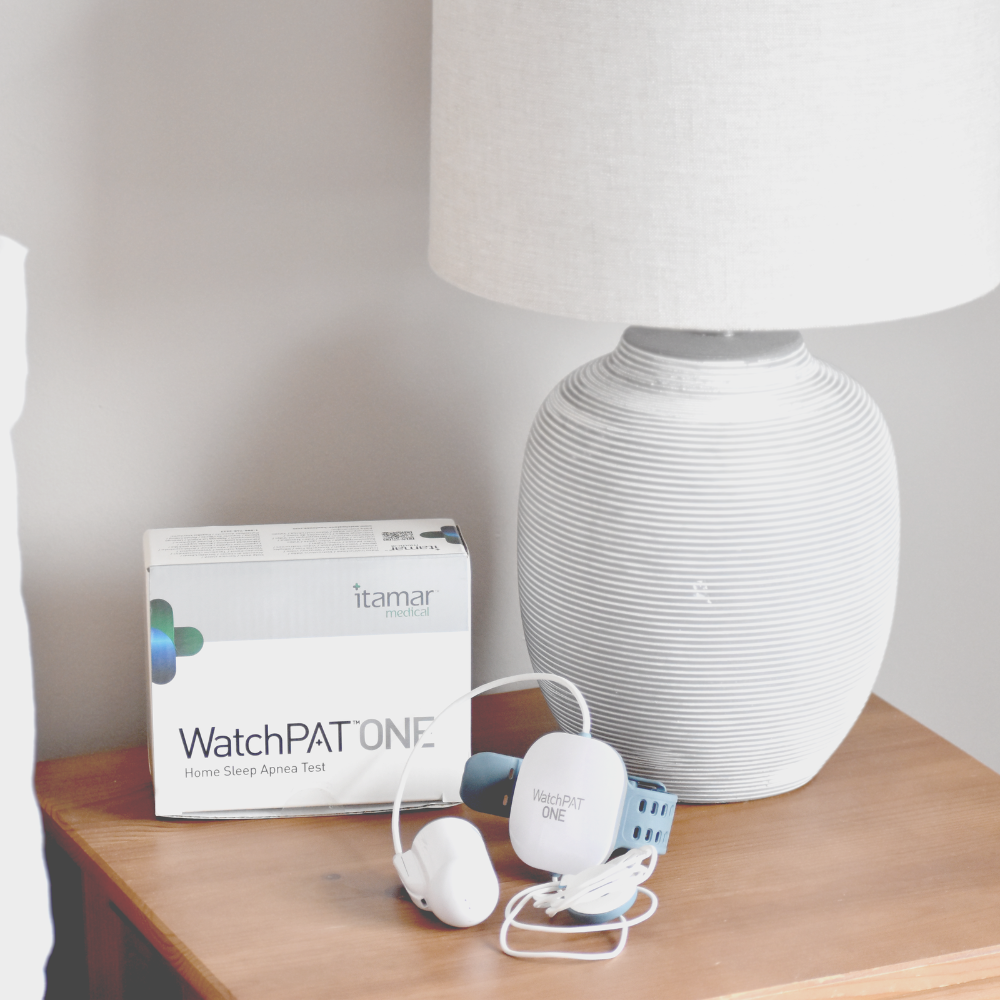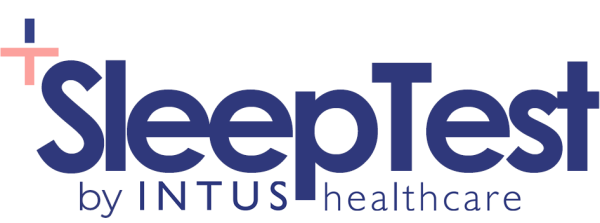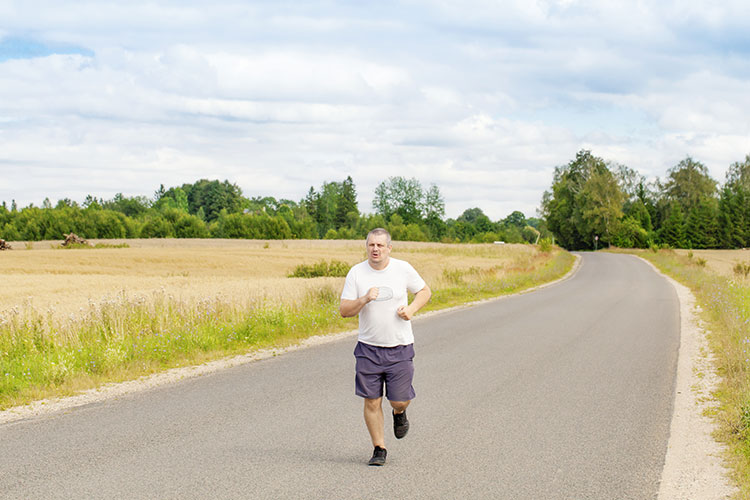Fact Checked
Intus Healthcare’s writers, customer service team, and sleep experts review and ensure this information is accurate.
Last updated on January 7th, 2025 at 03:24 pm
Whether you have already been diagnosed with OSA or suspect you may suffer from the condition, it is useful to be aware of some alternatives to CPAP.
Obstructive Sleep Apnoea (OSA) is a disruptive sleep condition with serious health consequences if left untreated. One of the leading forms of treatment is CPAP therapy, which involves a machine supplying air through a mask worn while sleeping.
However, OSA sufferers can experience the condition in various severity levels, from mild to severe. Only some may be suitable candidates for CPAP therapy due to prior medical reasons or simply because they find it difficult to tolerate. This article will offer you seven alternative Sleep Apnoea Treatments.
Seven Common Alternatives to CPAP Therapy
1. Behavioural Changes
If you are diagnosed with a mild to moderate form of Sleep Apnoea, your doctor may first recommend some lifestyle changes. There is a strong link between OSA and obesity, as extra tissue in the neck — and at the back of the throat — can block the airways.
By losing weight, you can lose the excess tissue and reduce the obstruction to the airways, allowing you to breathe more freely. Therefore, a healthy diet and a sensible exercise regime become essential to help achieve weight loss, with patience being key as this can take time.
Be mindful that different foods can affect your sleep. Exercise can also help people sleep longer and obtain a deeper sleep.
Quitting smoking and reducing alcohol intake can help reduce the symptoms of OSA, while adjusting your nighttime routine may also be beneficial.
Simple measures such as ensuring your bedroom is dark, quiet and cool and only going to bed when you are tired can help encourage good quality sleep.
2. Positional Therapy
Sleeping on your back can worsen OSA as gravity pulls the tissues in the airways down, making it more likely they will become blocked. In-depth sleep tests can determine if Sleep Apnoea is position-dependent.
With positional therapy, you can wear a device on your waist or your back to ensure you sleep on your side. Breathing should return to normal when in the side position and resolve OSA symptoms.
However, sleeping on the side in most cases may only minimise the effects of OSA. While this is an improvement, it will only eliminate the OSA partially. Therefore, positional therapy may need to be employed alongside other treatment methods.
3. Oral Devices
Oral devices are an excellent alternative treatment to CPAP. The device looks like a mouthguard you would wear for sports. A Mandibular Advancement Device is an excellent alternative to CPAP therapy for those with mild or moderate OSA.
The device is worn at night and works by pushing the lower jaw forward to open the airways while you sleep. Some people prefer wearing these devices compared to a CPAP mask. This method of treatment is also an excellent option when travelling.
4. A Musical Option
Playing a musical instrument may seem a very alternative treatment option.
However, evidence supports using woodwind musical instruments to help reduce the symptoms of OSA. Research has been carried out on the Aboriginal wind instrument, the Didgeridoo, which found that the severity of OSA is reduced for those who suffer from a moderate level of the condition.
Loose tissue and weak muscles around the airways can often result in OSA. Playing a wind instrument helps strengthen those muscles and tissues. In turn, it helps to prevent their collapse and leaves the airways open.
Although your partner and neighbours may prefer you to opt for a softer-sounding wind instrument to practice on, the Didgeridoo is good due to the exertion required to play this particular instrument.
More recent studies also indicate playing a double-reed instrument such as an oboe or bassoon may help reduce the risk of OSA.
5. A Surgical Option
If the other treatment options for your OSA, including CPAP therapy, have not worked sufficiently, you have one more option – surgery. The success rate of surgery is 50% to 60% and can result in a fair amount of pain while healing (of course, you can take pain relievers during this time).
Surgery is aimed at the soft palate or other areas which may be causing the airways to block, including the tongue. One of the more common surgical procedures directed at the soft palate is Uvulopalatopharyngoplasty (UPPP). This procedure removes excess tissue to increase the airways’ width and improve soft palate movement.
The soft palate, tonsils and adenoids are tissues that may be removed in a painful surgical procedure. Patients are informed that complications can arise with UPPP, including damage to surrounding blood vessels during surgery and swelling, bleeding, pain and difficulty swallowing following surgery.
For these reasons and the overall success rate, surgery is viewed as a last resort in addressing OSA and is only sometimes suggested as a course of action by the NHS.
6. Acupuncture
Another alternative to CPAP treatment is acupuncture. However, this is not a medically approved method of treatment.
Although trials in China returned positive results, particularly from manual acupuncture, the lack of extensive research means it will not be seen as a real alternative to CPAP therapy. Anyone who feels it may be for them must fund the treatment privately.
7. (EPAP) Expiratory Positive Airway Pressure
EPAP is a disposable one-way resister valve worn over the nostrils. It works in a similar way to CPAP, but EPAP only provides minimal resistance on inhaling and positive pressure on exhaling. This opens the airway, making it less likely to collapse and interfere with breathing.
While CPAP therapy remains a leading treatment for OSA, there are a variety of alternatives which can be trialled. This will depend on the severity of OSA experienced by the individual.
OSA is a highly disruptive condition that can lead to serious health consequences. A sleep test and a diagnosis are vital to treating OSA effectively.

Home Sleep Apnoea Test
The test monitors your heart rate, snoring intensity, blood oxygen levels, body positioning, and more, providing accuracy comparable to testing used in sleep clinics for in-depth sleep analysis.
The simple-to-use test takes just one night to complete, and results are returned within two working days after completion.
Our experienced NHS-qualified sleep professionals independently analyse all studies, providing follow-up advice and support.
Once the diagnosis is complete, you and your doctor can discuss the appropriate treatment plan to eliminate your OSA symptoms.
Contact us for more expert advice.
About Our Editorial Team
Danni is a degree-educated content writer passionate about helping those with Sleep Apnoea sleep better; she works closely with our clinical and customer care teams to ensure that each article is thoroughly researched and accurate.
Her writing aims to inform, support, and advise readers about Sleep Apnoea, helping to raise awareness and promote effective treatment options.
She has written many health-focused articles, reaching hundreds of readers annually, to help people sleep better and live healthier lives.
Lateisha King is an experienced Sleep Clinician with advanced training in polysomnography and respiratory health.
With over six years of experience, including at the prestigious Guy’s and St Thomas’ NHS Foundation Trust Hospital, she has conducted and reviewed more than 500 diagnostic sleep studies.
Her expertise in sleep science ensures that all articles align with the latest data and treatment protocols, providing readers with trustworthy and practical advice to improve their sleep health and overall well-being.
Published: July 12, 2019





